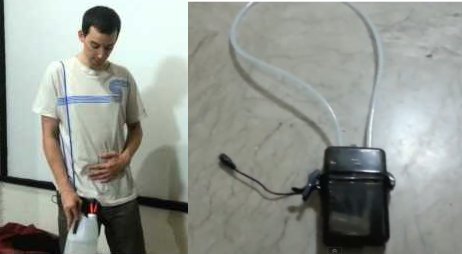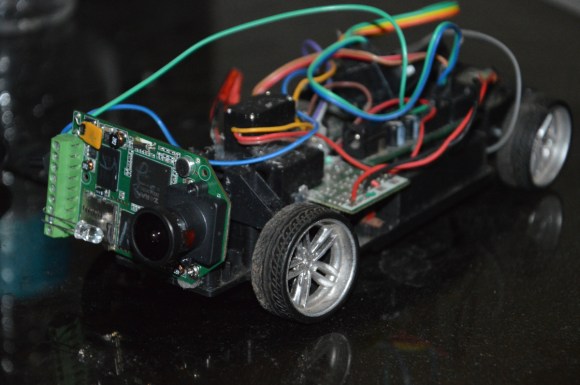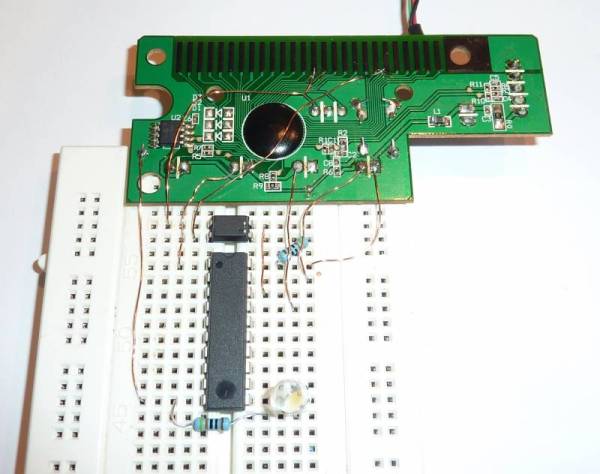
To make the most out of his home theater sound system [Baccula] built this folded horn enclosure for as much bass sound as possible. The design was conceived by [Bill Fitzmaurice] who thought there needed to be a better way to use the subwoofers which are typically used in home systems. His design is called the Tuba HT and it is aimed at a 15″ speaker. [Bill] charges for the building plans, but we don’t mind living vicariously through [Baccula’s] construction album.
As you can see, there are a lot of wood parts that went into the cabinet. It starts with a base of 2×4 framing. From there the plywood sawdust really starts to fly as each component is produced. During assembly [Baccula] is careful to fully glue each joint — you don’t want to find out that your sub cabinet vibrates after you get everything installed. All together the new piece of living room furniture stands three feet tall and deep and two feet wide.
The album has no captions but you can read a bit more about the project in the Reddit comments.

















